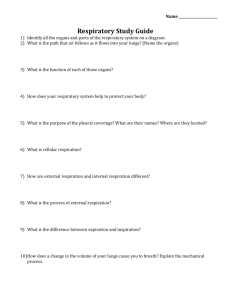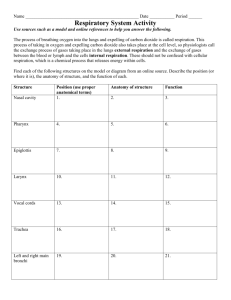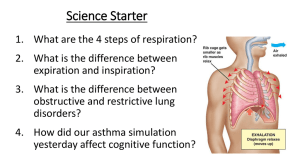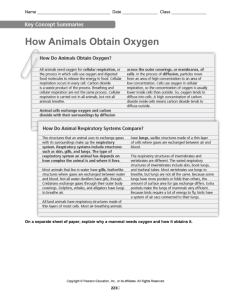Targets - Lisle CUSD 202
advertisement
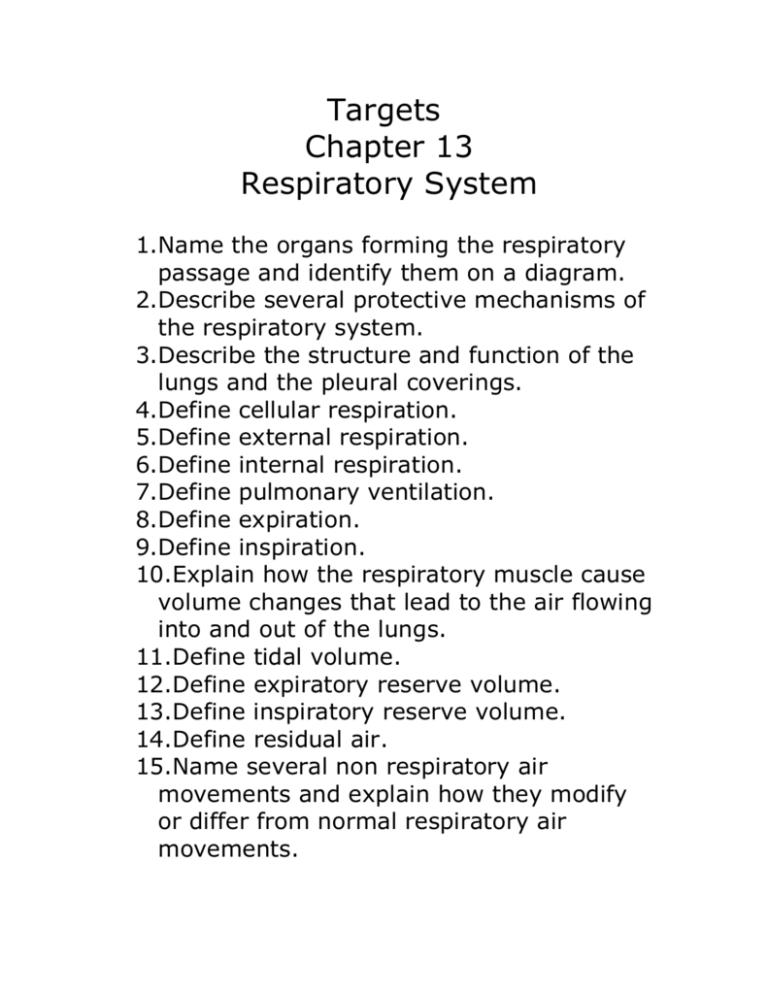
Targets Chapter 13 Respiratory System 1.Name the organs forming the respiratory passage and identify them on a diagram. 2.Describe several protective mechanisms of the respiratory system. 3.Describe the structure and function of the lungs and the pleural coverings. 4.Define cellular respiration. 5.Define external respiration. 6.Define internal respiration. 7.Define pulmonary ventilation. 8.Define expiration. 9.Define inspiration. 10.Explain how the respiratory muscle cause volume changes that lead to the air flowing into and out of the lungs. 11.Define tidal volume. 12.Define expiratory reserve volume. 13.Define inspiratory reserve volume. 14.Define residual air. 15.Name several non respiratory air movements and explain how they modify or differ from normal respiratory air movements. 16.Describe how oxygen and carbon dioxide are transported in the blood. 17.Describe the process of gas exchanges in the lungs and tissue. 18.Name the brain areas involved in control of respiration. 19.Name several physical factors that influence respiratory rate. 20.Explain the relative importance of oxygen and carbon dioxide in modifying breathing rate and depth. 21.Explain why it is not possible to stop breathing voluntarily. 22.Define apnea dyspnea. 23.Define hyperventilation. 24.Define chronic obstruction. 25.Define pulmonary disease. 26.Define COPD. 27.Describe symptoms and probable causes of COPD and lung cancer. 28.Describe normal changes that occur in respiratory system functioning from infancy to old age.

